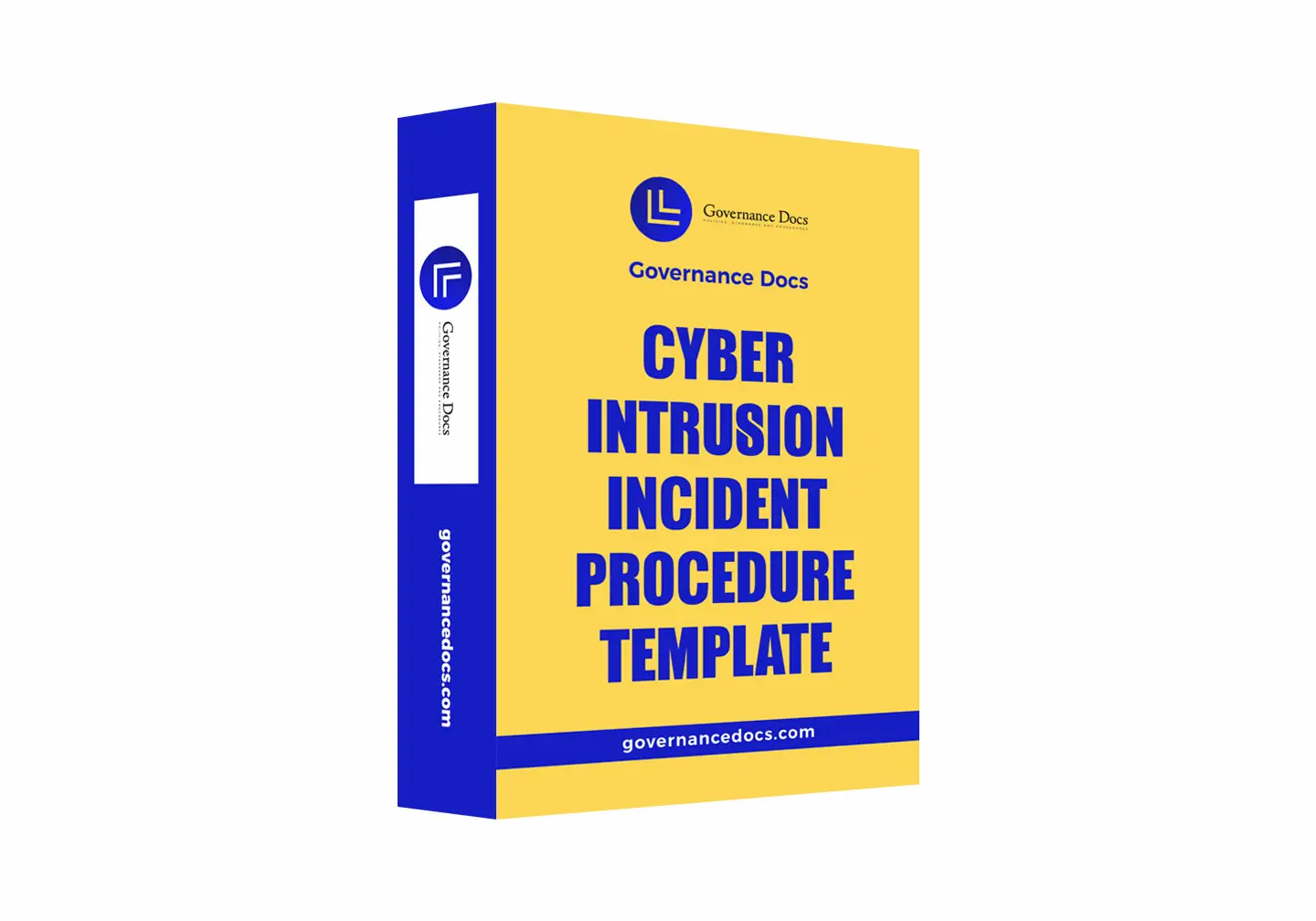Incident Response Procedure
In the ever-evolving landscape of information security, where threats loom large and the stakes are higher than ever, the Incident Response Procedure emerges as a beacon of resilience and preparedness. This meticulously crafted protocol, identified by the code 8022, is not just a set of guidelines but a comprehensive strategy designed to safeguard the sanctity of cardholder data against the relentless tide of security incidents.
At its core, the Incident Response Procedure is a robust framework tailored to address the unique challenges posed by breaches involving cardholder data. It is a critical component within the broader spectrum of Information Security and PCI-DSS compliance, ensuring that organizations are not only prepared to respond to incidents but are also equipped to mitigate potential damages swiftly and effectively.
The key features of this procedure are as intricate as they are essential. It begins with a proactive approach to incident detection, employing advanced monitoring tools and techniques to identify potential threats before they can manifest into full-blown breaches. This early detection capability is crucial in minimizing the window of vulnerability and reducing the impact of any security incident.
Once an incident is detected, the procedure outlines a clear and decisive response strategy. This includes immediate containment measures to prevent further data loss, followed by a thorough investigation to understand the scope and nature of the breach. The procedure emphasizes the importance of preserving evidence, ensuring that all actions taken are meticulously documented for future analysis and reporting.
Communication is another cornerstone of the Incident Response Procedure. It establishes a predefined communication plan that ensures all stakeholders, from internal teams to external partners and regulatory bodies, are informed promptly and accurately. This transparency not only helps in managing the incident effectively but also in maintaining trust with customers and partners.
The benefits of implementing the Incident Response Procedure are manifold. It empowers organizations to act swiftly and decisively in the face of a security incident, minimizing downtime and financial losses. By adhering to PCI-DSS standards, it also helps organizations avoid hefty fines and reputational damage associated with non-compliance. Moreover, it fosters a culture of security awareness and preparedness, enhancing the overall resilience of the organization.
The value proposition of the Incident Response Procedure lies in its ability to transform potential crises into opportunities for growth and improvement. By learning from each incident, organizations can refine their security posture, making them more robust against future threats. This continuous improvement cycle not only strengthens the organization’s defenses but also instills confidence among stakeholders, knowing that their data is protected by a vigilant and responsive security framework.
In conclusion, the Incident Response Procedure is not just a product; it is a strategic asset that fortifies an organization’s defense against the ever-present threat of data breaches. It is a testament to the organization’s commitment to safeguarding cardholder data and maintaining the highest standards of information security. As part of the All Products category, it stands as a vital tool for any organization seeking to navigate the complex landscape of cybersecurity with confidence and assurance.
All GovernanaceDocs documents are developed based on well-known standards such as NIST CSF, ISO 27001, ISO 22301, PCI-DSS and HIPAA.
Hence, You just need to download and selected document and add your company name and logo.










Reviews
There are no reviews yet